In our Desert Island Lens post, the team tackled one of photography’s most frequently asked questions: What is your favorite lens, and why? Today, we face down what is possibly the mother of all photography questions: What Camera Do You Use? Here is what some members of the ToyPhotographers.com team had to say.
Alan Rappa
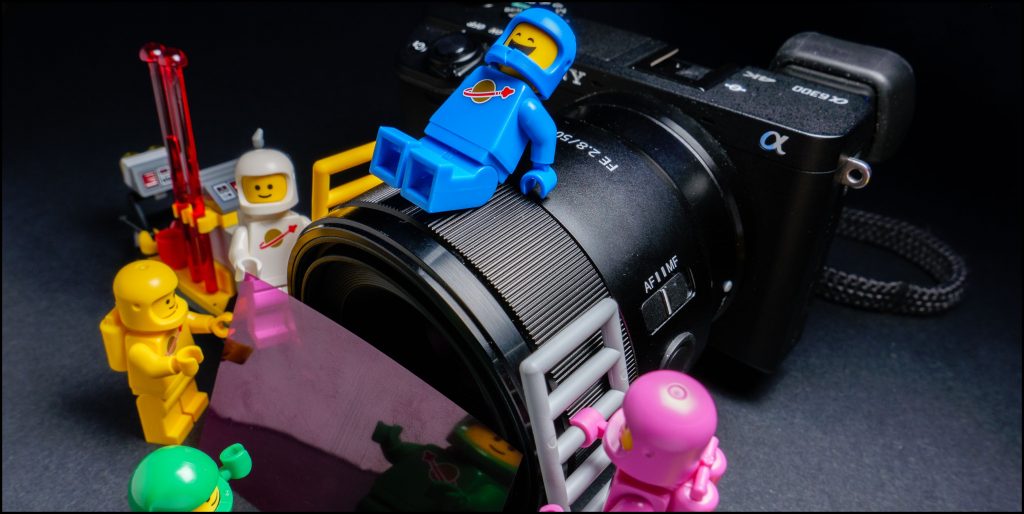
For years I suffered with a very bad case of GAS (Gear Acquisition Syndrome). This meant I was constantly switching my camera as soon as something new and shiny hit the market. I went from Sony to Canon, to Olympus, then back to Sony. This is a very painful and expensive process, and not something I would ever recommend to anyone.
Thankfully, these days my GAS is in remission (mostly) and I have been contently shooting with a Sony a6300 as my primary camera since April of 2016. This camera has been great for me, especially when it comes to toy photography.
What I love about the a6300 is that it’s relatively compact, easy to take anywhere, and fairly inconspicuous when you’re using it to photograph toys in public. The image quality has been great for my needs, and the ability to program custom shooting modes makes it easy to toggle through my favorite settings for shooting toys.
The articulating screen is great for composing scenes at low angles, and focus peaking with focus assist helps me keep photos tack sharp when manually focusing.
Dave DeBaeremaeker
I have never been big on gear. For the most part it doesn’t matter what you use, as long as you use it. It’s not the gear that makes the shot (usually), but the photographer. However that doesn’t help the beginner who doesn’t have any gear at all, so this is my list:
When it comes to toy photography, I tend to shoot mainly in-studio and grab a few shots outside if I find myself in a particularly interesting location.
My main studio camera is a Sony a6000. I also have a Sony a6500 that I use as a walk-around camera. I bought the a6500 as it has a stronger environmental seal, so it’s better for being outside (I like to walk in snow or rain).
I have two macro lenses, 35mm and a 50mm, that primarily stay in my studio. For landscape shots I have a 12mm ultra-wide prime that is also useful for shots where I want a wide background but still want to be up close to an action figure.
My main walk-around lens is an 18-200mm that basically lives on my a6500. It covers 99% if the things I shoot, including action figures, and it saves me from having to carry around extra lenses when I travel.
I also occasionally shoot toys with my phone, which is currently a Pixel 3.
Teddi Deppner
Sometimes I shoot with my phone, a Samsung Galaxy S9, but my preferred toy photography camera is my Canon EOS 80D.
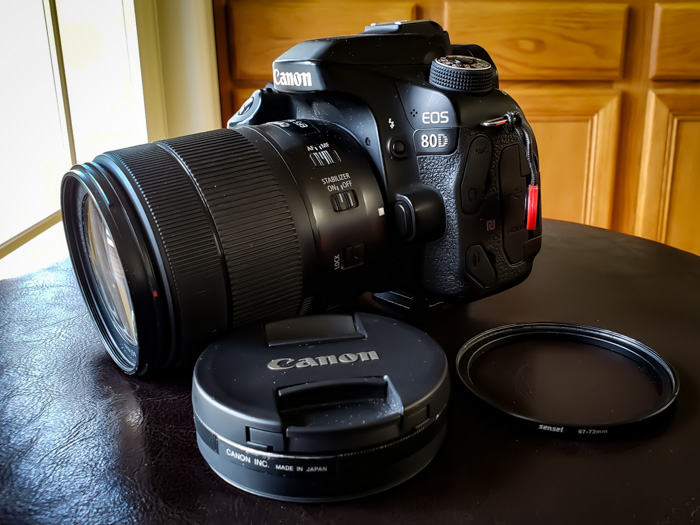
The main lens is a Canon EFS 18-135mm, and it works well for 6″ action figure shots where I want the whole figure and some action happening in a landscape (see @teddi_toyworld). I usually get the best effect by being 4–6 feet away from the figure and zooming in, which helps get the “blurred background” effect with the focus just on the figure and what’s happening with it.
When it comes to a close-up toy portrait or a LEGO minifigure (see @mightysmallstories), I get a lot of use from my Canon 72mm Close-up Lens 500D. It’s technically a “close-up filter,” I believe, not a “macro lens,” but it works very well for close-up toy photography. For it to fit on my main lens, I use a Sensei 67-72mm adapter.
If you have friends or family to share lenses with, having a close-up filter to share and each person using an adapter to attach it to their primary lens can work. My son @actionstuff and I trade-off use of the filter all the time, even though he uses a Canon Rebel T6i with a 50mm lens.
Matt Frederick
I’ve shot landscapes for years, starting back with a Canon D60 and up through my current full-frame camera, a Canon EOS 5D Mark III. I have also dabbled in some true macro (1X+) explorations with the Canon MP-E 65 ƒ 2.8. The DSLR isn’t my go-to for most toy photography these days, but when it is, there’s most likely a 100 ƒ 2.8 macro mounted, or the trustworthy 24-70 ƒ 2.8 L for slightly wider shots.
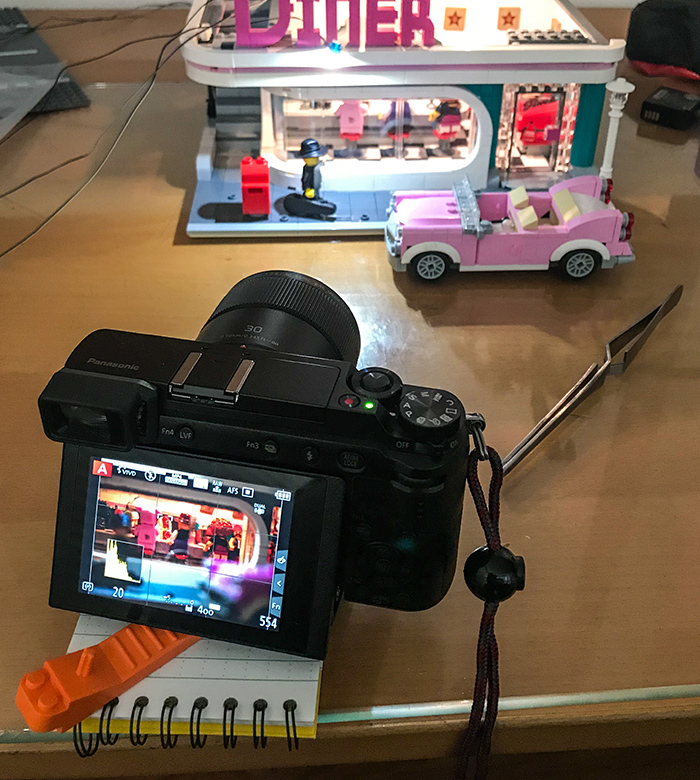
I’m shooting almost all of my toy photos on a Panasonic Lumix Micro 4:3 camera (DMC-GX85) with a 30mm ƒ 2.8 Lumix G Macro or the 12-32mm kit lens. The size is easy to handle and the large touchscreen makes it easy to compose. I’m very happy with the combination, plus the whole kit fits in a small pouch. It was also a great camera for an off-roading vacation in the Colorado high-country. In the majority of light conditions this is a wonderful kit. As I was discovering toy photography, I worked through a couple different small cameras that have been relegated to my EDC backpack and for my wife’s point-and-shoot needs.
Shelly Corbett
I’ve been a Canon photographer for almost my entire career, until about three years ago. When it was time to upgrade camera bodies I chose a Sony Alpha 7. I switched to a mirrorless system because I wanted the option to play with vintage lenses. Even though it’s not perfect, I love this camera body.
While I chose the camera because it’s mirrorless, little did I know how great an electronic viewfinder would be! With an EVF comes focus peaking. Focus peaking is when your screen highlights in red or white the edges that are in focus. This is an invaluable benefit when using a very short depth of field. Those little LEGO faces don’t focus themselves!
Other specifications I look for when choosing a camera body are weather sealing, tilt screen and durability. I’m pretty hard on my camera bodies so I need one that will hold up to travel and all-weather outdoor photography. The not so perfect aspects of this camera are the short battery life. While the electronic viewfinder is awesome, it chews through batteries. I always have three with me when I head out for the day. The other downside of the Sony is its unfriendly interface. I find the menu system to be cumbersome at best. Maybe its just me…
I love my Sony body. While I might have chosen it for the lens flexibility, the camera’s other benefits have been well worth the switch.
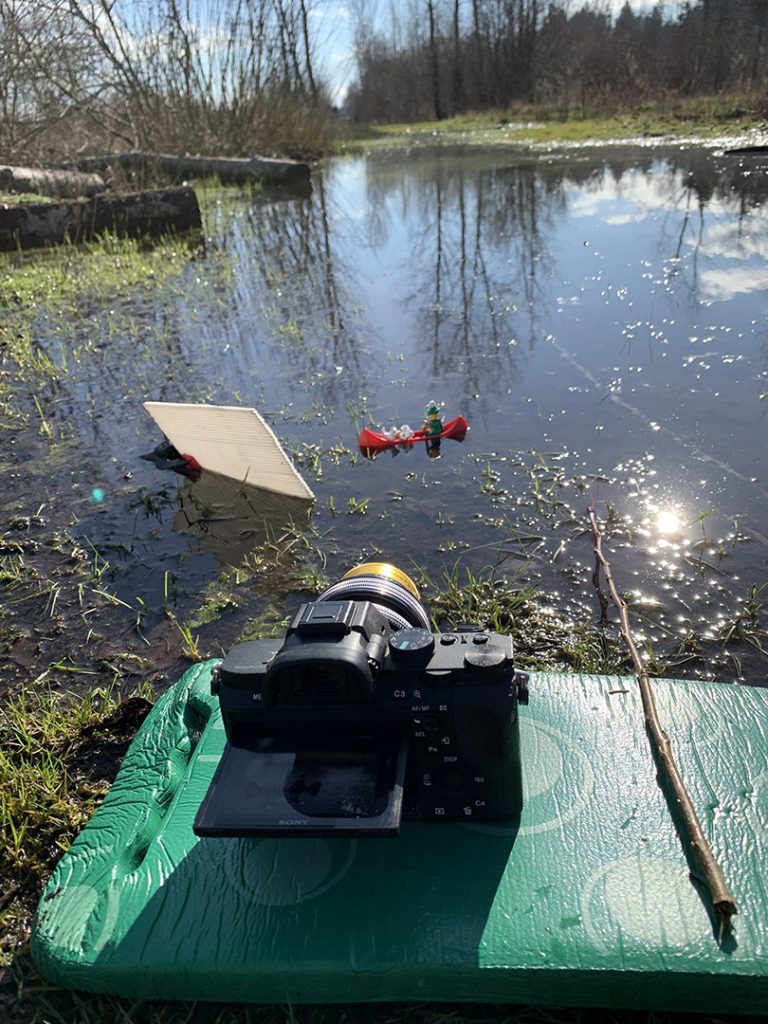
What About You?
Chime in with your answer in the comments. Tell us what camera you use, and what you like about it!



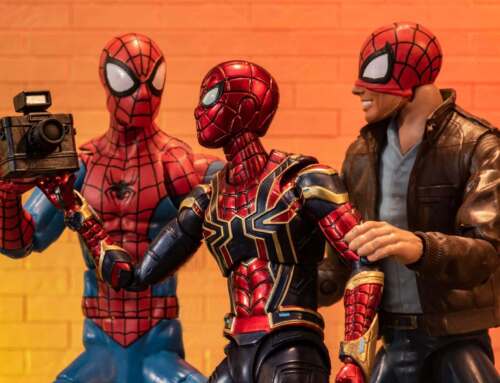
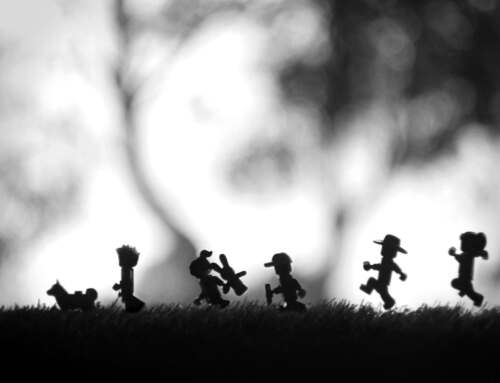
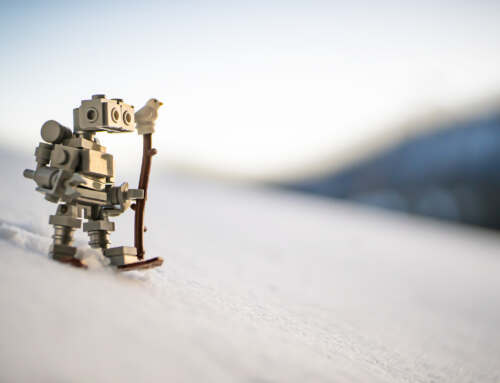
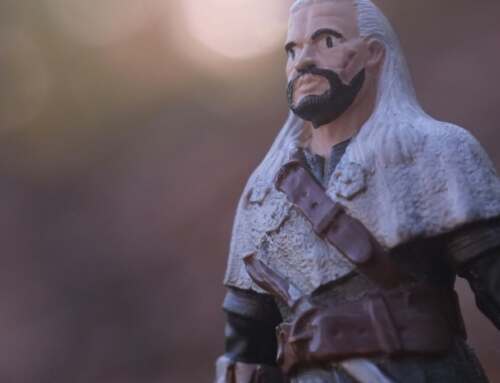
I’m first? That never happens. Anyway – my main camera is my trusty Canon 80D which I generally use with an 18-400 or 16-300 Tamron zoom lens or my Canon 100mm macro lens. But I also use my phone (Pixel 2) or my panasonic Lumix P&S which is my purse camera with one of the best macro capabilities I’ve ever run into.
I don’t use a DSLR! I have one, but it’s really old and TBH the Samsung S9+ covered pretty much every photo need I had. I’ve just upgraded to the S20+ and the photos are better again… it was the camera functionality that swung tbe change, but couldn’t justify the S20 Ultra as for the most part I cut down image sizes for the web anyway.
I use my trusty nikon d750 alongside my sigma 105mm macro lens, every now and then I’ll use the 50mm 1.8. But I am tempted with a MFT camera but that is purely for macro photography using in camera focus stacking……one day haha.